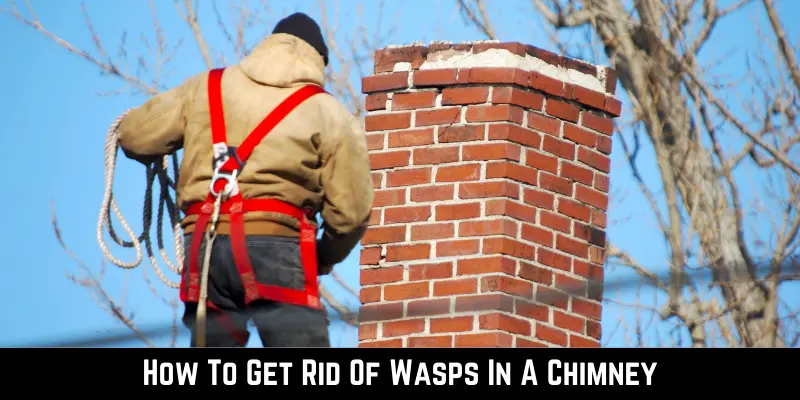Imagine the swarm of wasps taking over your kitchen while enjoying your slow Sunday morning. After searching its route inside the house, you find a nest inside the chimney. So, how to get rid of wasps in a chimney?
Wasps look for a secure place to hide their nests. To remove the wasp nest, wear protective clothing and climb onto the chimney. Use a red light to spot the nest and spray it with pesticide.
Leaving a wasp nest in the chimney is dangerous and will leave smoke in the flue. It can cause smoke and carbon monoxide to build up. Read the article to find out all the tips and tricks.
Why Wasps Nest In A Chimney?

There are thousands of wasp species. They are of two main kinds: Solitary and social wasps. As the name indicates, solitary wasps prefer living in small nests while social builds colonies. All of them are equally dangerous when inside the chimney.
All the pests look out for almost the same things when hiding in your home. And wasps are no different. However, the wasp nest in the chimney is a serious threat. It can be a fire hazard and might cause life-threatening situations for people allergic to them.
So, it’s better to know why they are attracted to the chimney in the first place. There are several reasons why wasps nest in chimneys, including;
Shelter
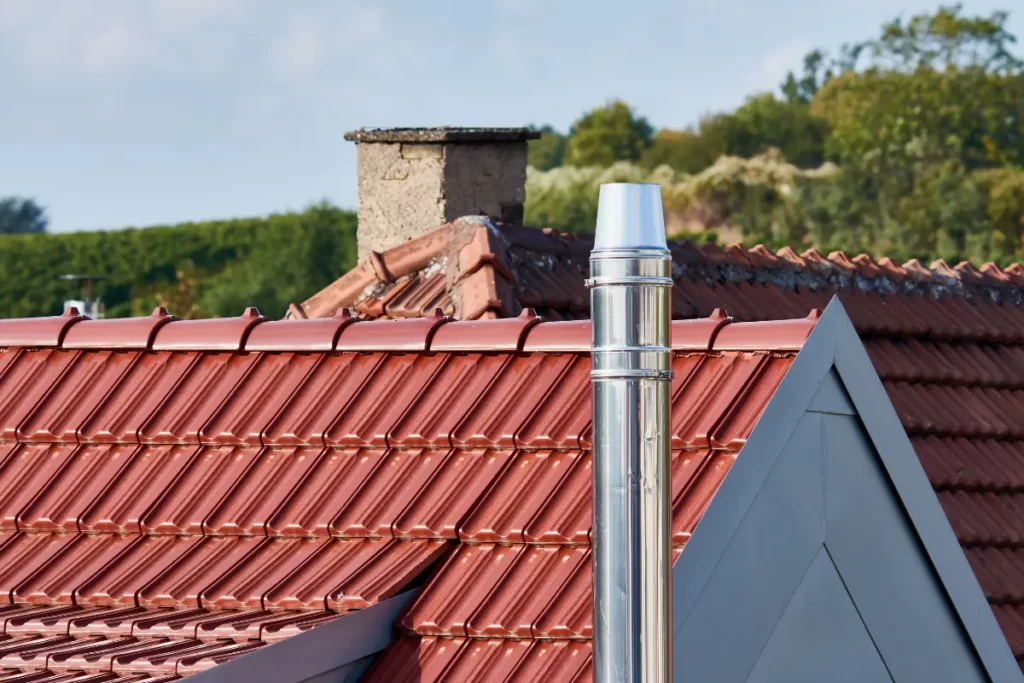
Wasps search for places that provide them with shelter and safety. The dark, hidden places inside your house, like chimneys, are ideal for nesting. They are dry and provide a wasp nest with enough moisture, not more or less.
Also, it protects them from the outdoor environment. The brickwork of the chimney gives an extra layer of protection. It shelters them from predators and provides a sturdy foundation for their hives. The darkness and warmth create an ideal setting for wasps to lay eggs.
Often, the tiny nest of a queen wasp turns into a massive colony. Once the wasp colony is ready, it is challenging to remove them. So, prevention is more crucial in avoiding wasp nests.
Food Source
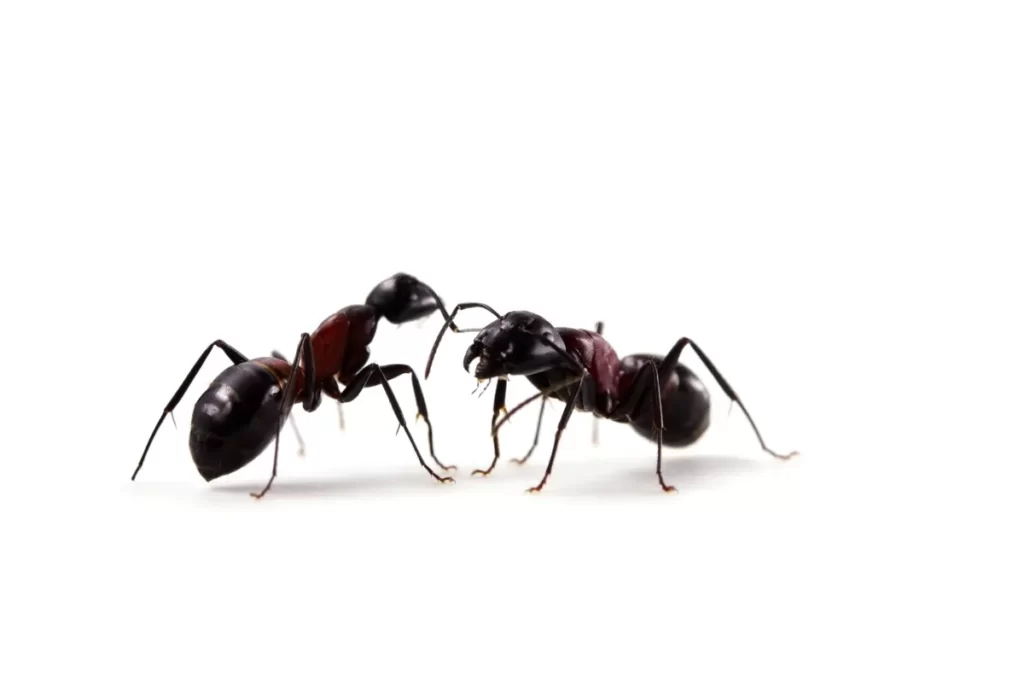
Small insects often live in dark corners like chimneys. Unfortunately, wasps feed on tiny insects, spiders, and other small crawling animals that might be common to them. They are drawn to these food sources and will fly there to bring food.
While searching for insects, they might find a way inside and discover a continuous food supply. Due to the abundance of food, wasps will build their nest inside the chimney. And will probably never leave. Regular chimney maintenance and cleaning can help decrease the potential food sources of wasps and deter wasps from settling in.
Easy Access
Wasps easily find their way inside chimneys because they are usually open and have no seal. A broken chimney is worse with cracks and holes inside, which might give an easy entry point for wasps. They can easily sneak inside and take residence. With plenty of food sources, wasps might build a nest there.
They can enter through even the smallest hole. So, it is crucial to inspect and repair the chimney on a regular basis. It is better to avoid infestation rather than dealing with the nest or colony. Sealing all cracks or gaps in the chimney will help keep the wasps out. It minimizes the possibility of wasps using holes as an access point to an entry to the nest.
Light
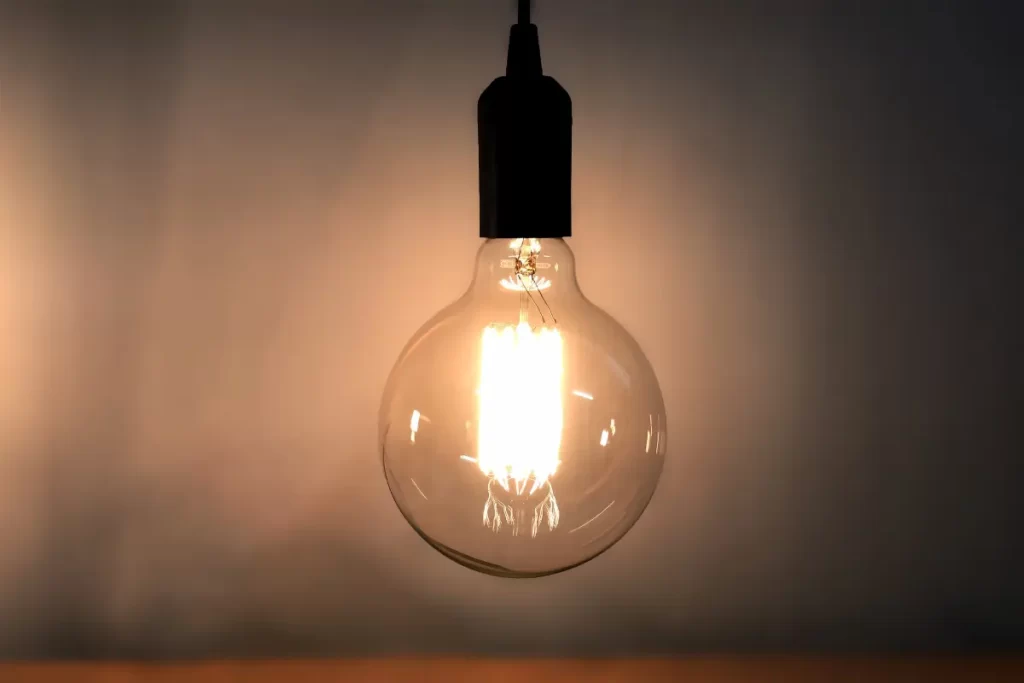
Wasps are most active during daylight when the sun is high. Generally, they make their nest near light sources. Hence, all lights captivate the wasps towards them. The chimneys with lights near them are at the most risk of wasp infestations. It can include backyard lights, porch lights, and even lights from nearby buildings.
A lone wasp at night will spot a light and move towards it. If it finds a way in and out of your chimney, it will become a permanent residence. You can reduce the chance of wasp attraction to your chimney by installing low outdoor or motion-activated lights that only turn on when needed.
Scent
Wasps have a sharp sense of smell and are attracted to certain odors. General scents that attract wasps to chimneys include grease, smoke, soot, and floral fragrance. The smoke and creosote can build up in the chimney over time when mixed with a floral scent or other strong odor, which will be particularly appealing to wasps. Leftovers or anything sweet is the favorite food of wasps.
Adult wasps can effortlessly suck on liquid nutrition and will also find small insects for larvae. So, regular inspection and cleaning of the chimney prevent the accumulation of grease. Therefore, preventing odors lowers the chance of wasp infections.
What Are The Signs Of Wasps Nesting In A Chimney?
Wasps can find a way to get inside the chimney. They will build their nest at the entrance for easy access to both inside and outside. So, through cracks and holes in the chimney, they can get inside your living spaces.
Don’t underestimate the wasp sting. It can get you into the ER as it is deadly to people with allergies. Through the chimney, they might also find a way inside the walls and ceilings. It will create a bigger problem than just one nest hanging on the chimney. So, it is better to get rid of them at the initial stages.
Below are a few signs through which you can identify wasp infestation in the chimney.
Seeing Is Believing
Spotting one or two wasps is normal. But when you haven’t seen wasps around your house, and suddenly, you spot swarms of wasps in your room or kitchen. It is the first indicator of wasp infestation. The obvious one is spotting wasps flying in and out of the chimney.
If you spot wasps flying around your kitchen more frequently than usual, there’s a high chance of a nest inside. Wasps are often confused with honey bees. So, ensure that you correctly identify the species.
Wasps have distinct yellow and black bands around the abdomen, whereas bees have light brown or brown-yellow stripes. Never try to launch an attack on the wasp’s nest without any protective gear.
Buzzing Sounds

When wasps decide to build a nest in your home, they will find an unusual place. A buzzing sound from the chimney does not necessarily mean the presence of birds or rats. A huge nest of wasps or a colony will produce audible buzzing sounds you can hear during the day.
Wasps make noise while flapping their wings or when in flight. So. If you hear odd sounds from the chimney when it is not working, it is better to get up there and check for the wasp nest. Never try to attack wasp nests without any preparation. Also, avoid shining direct torch light on the nest.
Dust
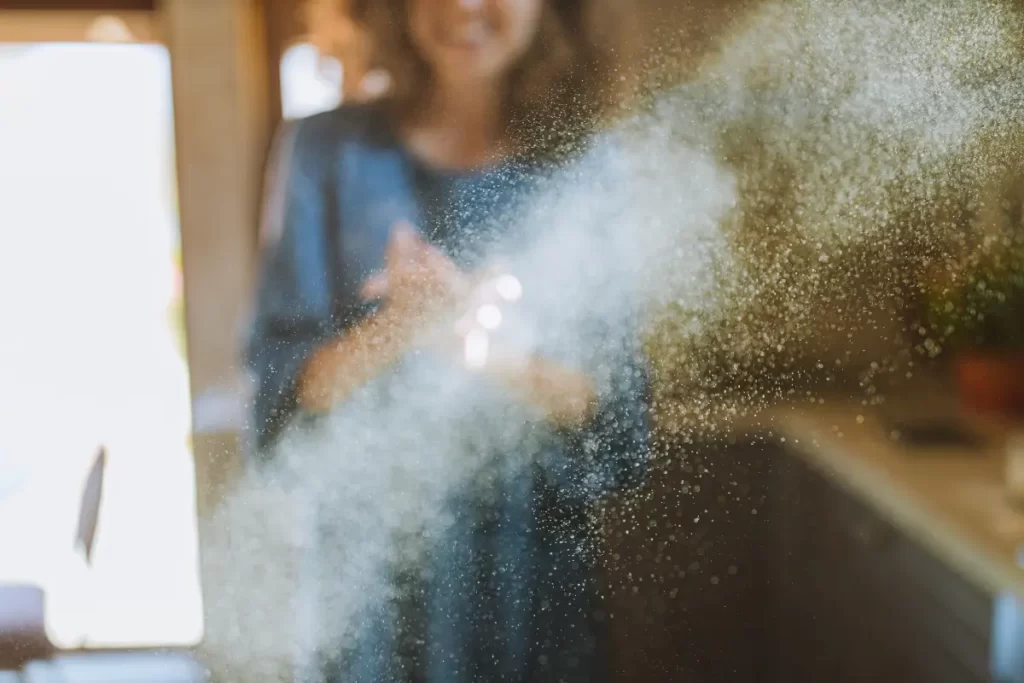
Wasps build their nest using paper or wood. Usually, they collect scapes of wood from trees, outdoor infrastructures like walls, and even wooden furniture. Therefore, they produce dust as they consume the wood and mold it into a nest.
Due to the small quantity of debris they leave behind, chances are low that you will see this as a warning. However, if you notice a sudden influx of dust and debris while the chimney is open, you better check it.
Malfunctioning Chimney
The most obvious indicator of a wasp nest in ductwork is a malfunctioning chimney. It is a sign a large wasp nest or a colony is hidden somewhere in the system. Although it is not a frequent indicator, you can easily spot it when sneaking in the ductwork.
The presence of a nest makes it impossible for chimneys to throw out heat and smoke. Over time, you will also notice the accumulation of grease in your kitchen. So, get all your gears ready if you spot a few wasps, slow-working chimneys, and audible buzzing sounds.
How To Locate Wasps In A Chimney?
Wasps can find access to any chimney flute, a fireplace chimney, or a wooden or gas stove chimney. If it’s a chimney vent with an opening outside in the environment and inside your house, the wasp can claim it as their home.
So, after closely observing their entrance into your house, you realize the pesky pests are finding their way inside through chimneys. Follow the steps below to assist you in finding a wasp nest within minutes.
- Wasps are active at temperatures above 75 degrees, and their activity significantly decreases at temperatures below 55 degrees. This activity slows down even more at night or early morning. So, these periods are great for sneaking inside your chimney. It reduces the risk and danger of attack to some degree.
- Use a red light to look down the vent and ductwork. Avoid bright torch light to locate the wasp nest. The brightness will alert the wasp, and one wrong move from your side can turn dangerous.
How To Prevent Wasps From Nesting In A Chimney?
Summers are the time of the year when the wasps are out and about in search of nesting places. Wasp nests in chimneys are a common problem that almost every homeowner faces.
Unfortunately, wasps are tiny and can sneak in through a flute, flap, or vent. They can also find access through any holes or gaps in the chimney. The presence of wasp nests is dangerous as it is a fire hazard. Plus, don’t underestimate the wasp sting; it can get you into the hospital.
The good news is you can do a few things to prevent wasps from nesting in a chimney. Here are a few tips you can use for effective and immediate results.
Seal Holes And Cracks
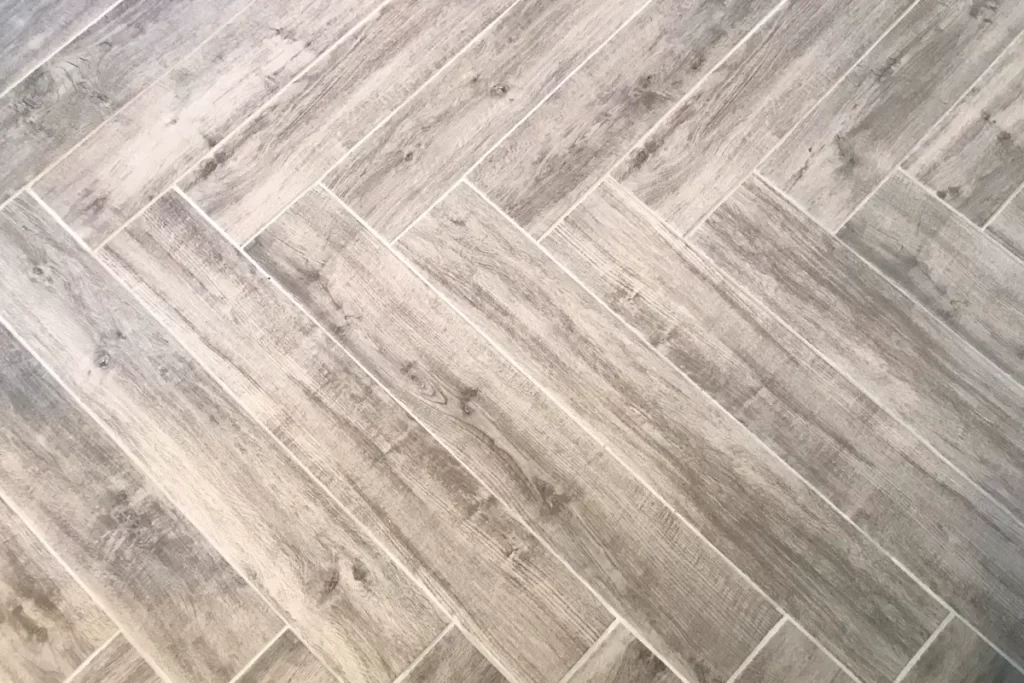
Wasps can enter your home through a chimney in two ways. The most obvious route is they can fly down through an opening in the chimney. The second way is that they can crawl in through any cracks or holes in the chimney.
You can keep the wasp out by sealing all the entry points. If you have an open chimney flute in your home with no covering, immediately install a cap or lid on its opening.
It acts as a barrier to restrict access for wasps and any other bees or birds. Plus, it also provides added protection against damage caused by animals and rain. Also, examine the chimney for gaps and close them using caulk, mortar, or concrete.
Hang Flypapers
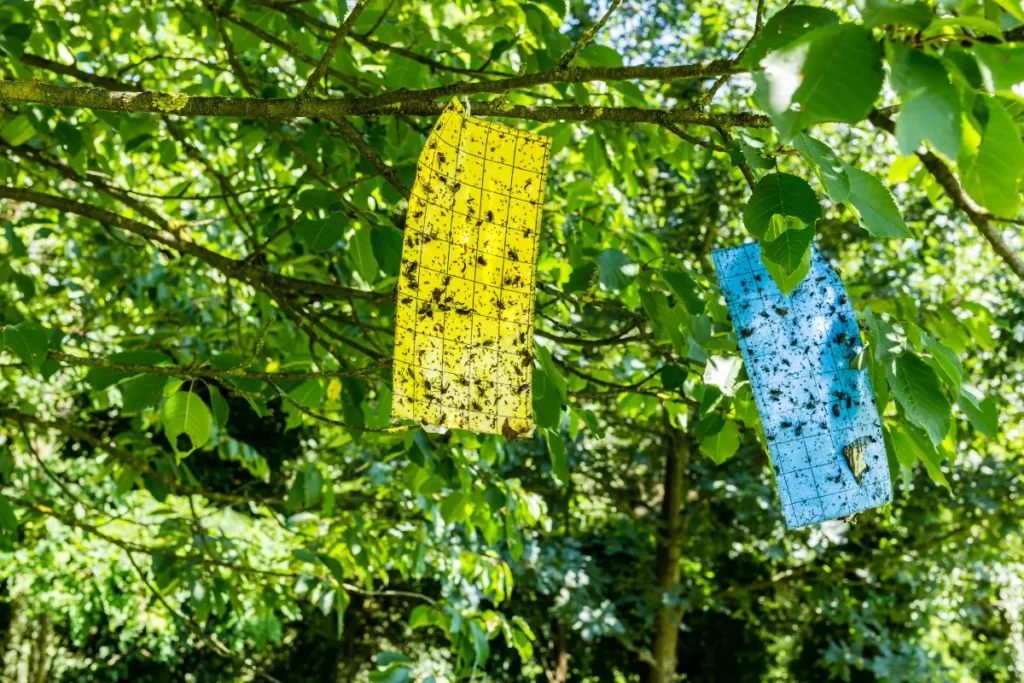
You can keep wasps out of your chimney using flypaper. It is a sticky trap that attracts and catches flying insects like wasps. Placing flypaper near the chimney flute will help you by trapping all the wasps on it. For the best effects, place multiple sheets around the chimney.
The sticky surface of flypaper makes it impossible for wasps to land or fly on it, which makes it highly unlikely for wasps to enter the chimney. It is a cheap way to keep wasp out of your way. Alternatively, you can use fabric or cling film firmly taped to the sides of the chimney.
These materials act as a barrier preventing wasps from getting inside the chimney flute. Regularly check on flypaper or cling sheets for damage and trapped wasps. Replace them as needed.
Trim The Trees
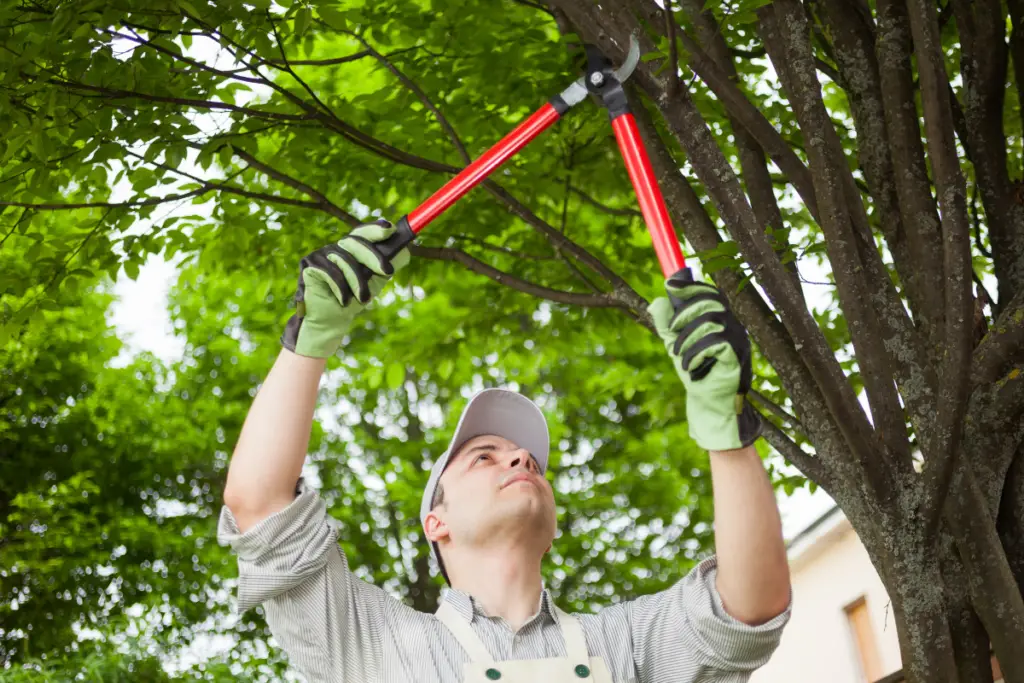
Trimming trees near your chimney is an efficient strategy to keep wasps away. You can limit their access by removing tree branches and leaves. Generally, wasps tend to build their nest high on trees. When trees are near the chimney, wasps might build a nest on them and can fly inside your home via the chimney.
Cutting tree limbs near the chimney flute prevents wasps from building a nest. Also, it is crucial to maintain at least a ten-foot distance from trees and chimneys in your home. This simple step will help keep your chimney safe from wasps and other bees or insects.
Clear Away Dust And Debris
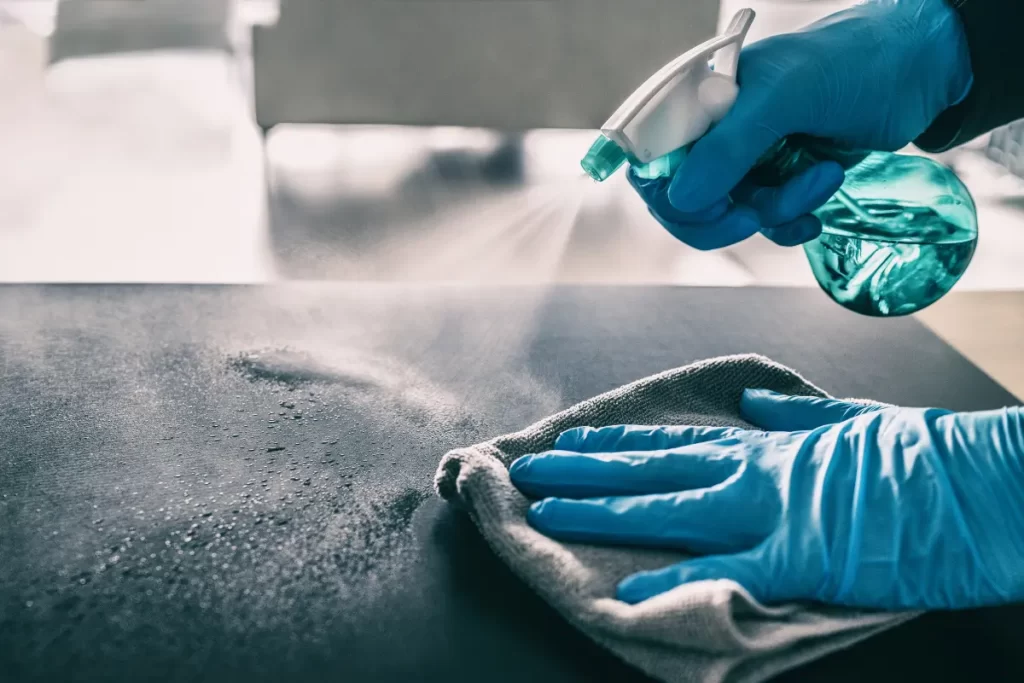
Dust and debris offer wasps a place to build nests. If you have clutter of waste and leaves buildup around chimneys, wasps might build a nest and can fly into the chimney to get inside your home.
So, clearing debris around the chimney is essential. Remove leaves, twigs, and other waste from the surrounding area. Keep the place free of any garbage or clutter. Also, clean out the drains regularly. You can prevent wasps just by keeping the surrounding area clean. A clean place will make it difficult for wasps to build a nest or get inside the chimney of your house.
Regular Inspection Of Chimney
Regular cleaning and maintenance of the chimney will keep wasps away. It is to keep the chimney safe and decrease the chance of fire hazards. Yearly inspection can help find gaps or cracks in the chimney flute or ductwork. It reduces the chance of wasps getting from getting inside the chimney.
By identifying these issues early, you can take preventative measures to close away the wasp entry points. Also, regular cleaning will remove all the scents and small insects that might find their way inside the chimney. Therefore, decreasing all the attractions for wasps.
Are Wasps In A Chimney Dangerous?
Wasps are not dangerous until you leave them alone. When they feel threatened by your presence, wasps will attack and sting you. If you have a wasp nest in the chimney, it’s essential to be careful around it.
One wrong move and your house will be full of angry wasps. A wasp nest is like a grenade. Even an unintentional hit will burst it, and they will be all over you. Therefore, the presence of a wasp nest will cause the following issues
Damage To Chimney
Wasps can cause severe damage to the chimney structure. They will chew on bricks and mortar to build their nest, weakening the chimney structure and making it more likely to collapse. As the size of the nest increases, it will block the flow of heat, smoke, and steam.
Also, it will trap all the odor from the kitchen and fireplace in the house. Therefore, a small or large nest in the chimney flute can destroy the entire ductwork and system. They can also sneak inside your home through it.
Fire Hazard
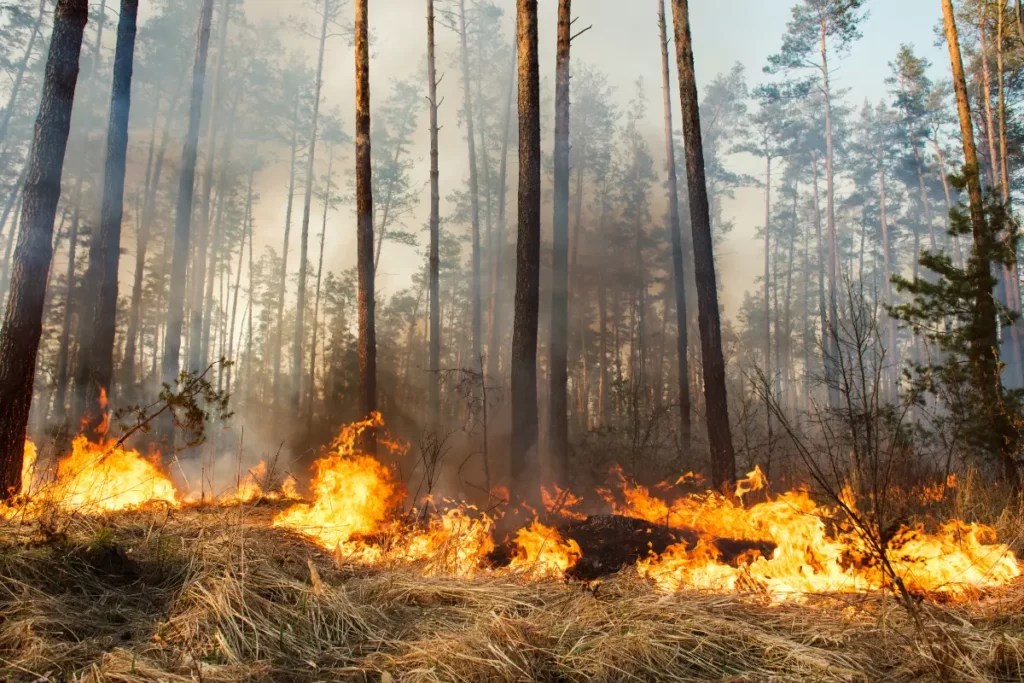
An enormous wasp nest blocks the chimney’s flue, causing smoke and other gasses to trap inside. The trapping of smoke and carbon monoxide inside the chimney ductwork is a fire hazard. Besides being a fire hazard, it can release toxic gasses inside your home, like carbon monoxide, also known as a silent killer.
The fire hazard is common during winter when you are all cozy inside your house with fire burning. But without you knowing, the size of the nest is increasing, and it becomes more dangerous. So take care of all precautions during summer.
Wasp Sting
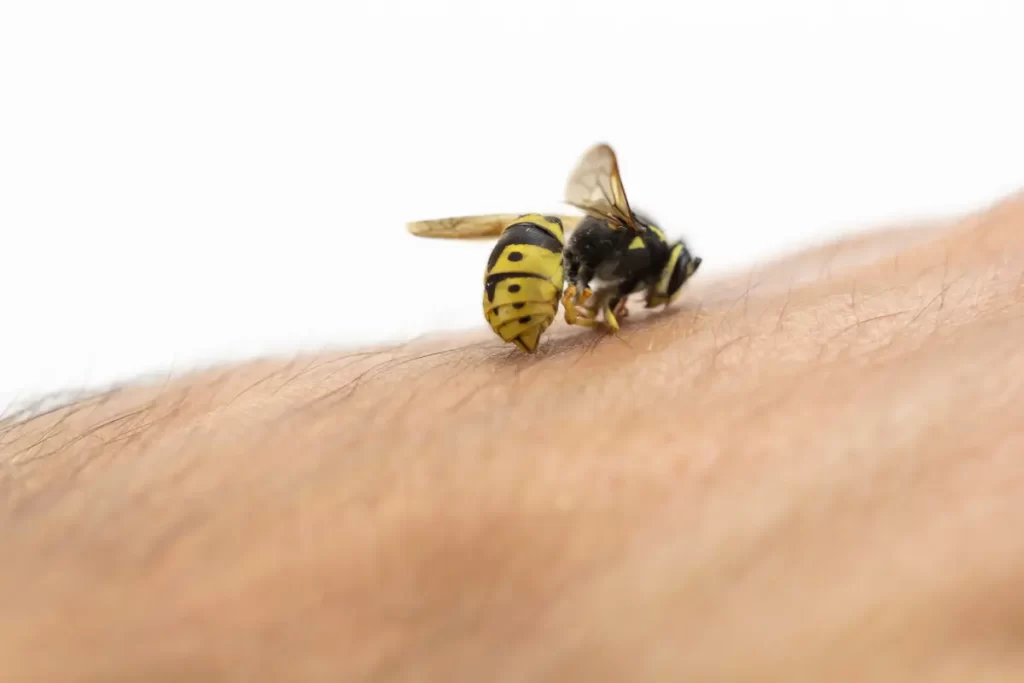
When wasps nest inside chimneys, they will probably visit your house more frequently than you can count. Wasp stings can range from mild to severe. It depends on the person’s sensitivity. Typically, it results in an itchy welt.
However, severe reactions, also known as allergic or anaphylactic reactions, are life-threatening. The symptoms will be itching, fever, red spots, and severe shivering. If not given treatment on time, the reaction can be fatal. It is more dangerous if you have children around.
Tips To Get Rid Of Wasps In A Chimney
What is worse than swarms of wasps flying around your house? A wasp nest inside a chimney. It can worsen as wasps can easily find a way inside your home. Wasps look out for dark places to hide their nest from predators.
They also search for nearby food sources. And the chimney happens to provide them all. So, the queen wasp will settle in there during early summer without you even realizing their presence. Soon, it will turn into a nest and eventually into a colony. Which, by the way, will be very difficult to deal with.
But the good news is you can handle them. Continue reading and get rid of the pesky pest.
Put On Protective Clothing

When removing a wasp nest, it’s essential to put on protective clothing. Wear a long-sleeved shirt, long pants, gloves, high boots, or shoes with socks on. Don’t forget to wear a hat and veil. You can also wear a thick hoody which can cover your face. For extra protection, wear safety goggles.
It is to protect your eyes from any flying wasps. All clothes should be in place with no skin showing, or they must not have any gaps. A wasp can sneak in through the smallest of holes or a tear. Proper attire will keep you safe against wasp stings. It will prevent allergic reactions that can happen from a wasp sting.
Also, multiple stings from wasps can hurt a lot. Coverings ensure safe wasp nest removal.
Locate The Wasp Nest
Wait until night when you go out in search of a wasp nest. As the temperature falls and the sky turns darker, wasps return to their nest and have little to no activity. So, it will take them a little time to realize the attack.
Wasp are attracted to light, and bright light alerts them. Avoid using a torch light. You can use a red light or a red cellophane. Shine it on the chimney and try to locate the nest. The nest is most likely to be on the top of the chimney vent. The nest can also hide under any dent or corner of the chimney wall.
You can easily guess it by watching the route of the wasp coming in and out of the wasp.
Use Insecticide Or Wasp Bomb For Chimney
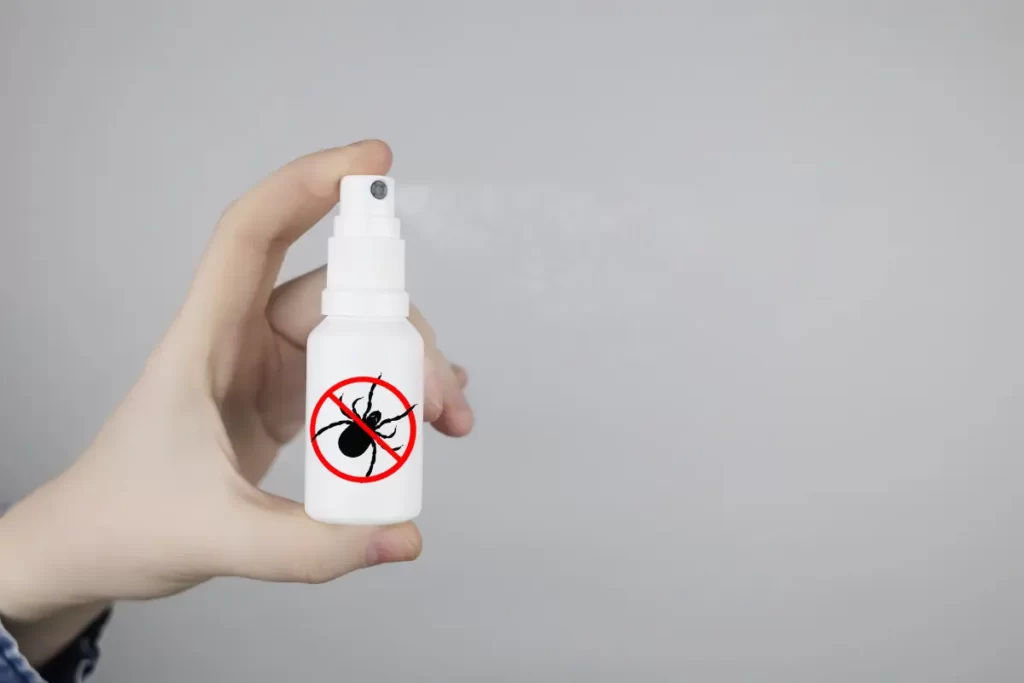
There are multiple ways to handle wasp nests in the chimney. If the nest is out in front, you can spray insecticide directly on it. You can also use dust powder on the nest. Often, wasp nests are hidden deep in the chimney ductwork.
So, to handle this, you can use a wasp bomb. Before using any wasp nest killer, seal off the chimney exit that least leads inside your home. It prevents wasps from escaping inside the house and causing more trouble. So, throw a wasp bomb inside the chimney and tightly close all its openings.
Check the chimney after at least a day or two. The wasp bombs or foggers are insecticides in gaseous form. Slowly, after a while, it releases toxic gasses that can kill insects within seconds. However, these gasses can also cause dangerous effects on humans and pet animals.
Clean The Chimney
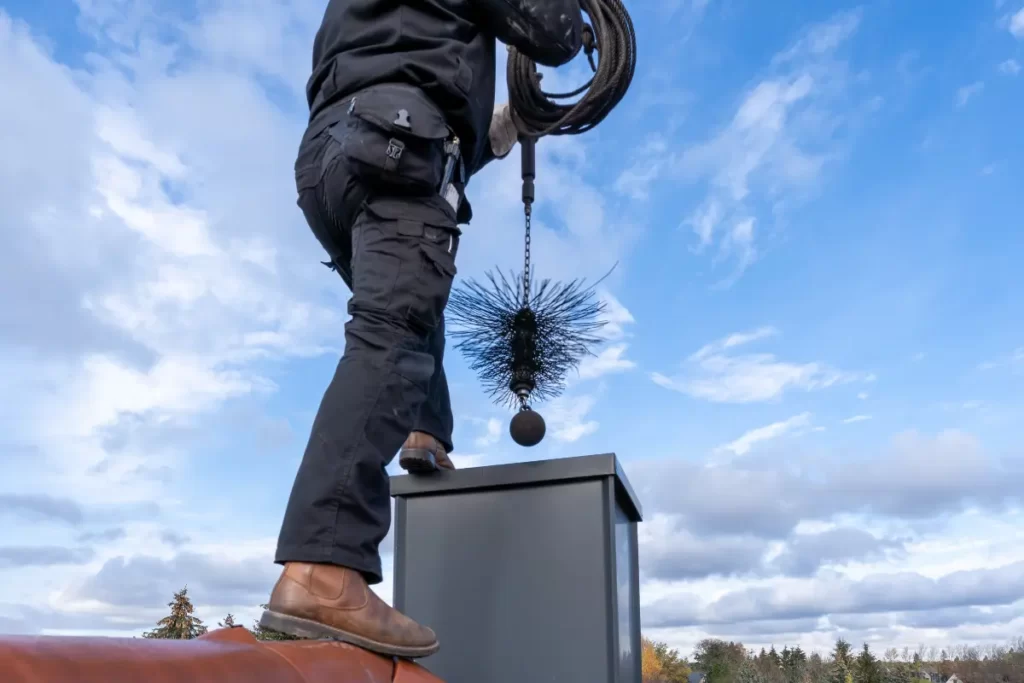
After killing the wasp nest, cleaning the chimney is a crucial step. You don’t want dead wasps and leftover insecticides inside your home. Open the chimney flute after a few days of using insecticide.
Once you have confirmed all wasps are dead. Clean the chimney using a broom and brush. Throw away all dust and debris. You can also hire professional cleaners to help you sweep the entire ductwork.
For a few days, run it only for an hour or less. When you are sure the chimney is safe and without insects, continue using it.
Install Wasp Proof Chimney Cap
Once you remove the wasp nest, install a wasp-proof chimney cap. You don’t want to repeat the entire process in case of re-infestation. Installing a chimney cap or mesh screen will block access points for wasps.
It will also keep other insects and birds at bay. Also, the chances of debris and leaves buildup will decrease as well. A closed, sealed chimney will maintain efficiency for a few years. Chimney caps come in different styles. Search your local hardware store to find the one that fits best for your house.
Conclusion
Wasp nest in chimneys has been a problem for years. The buzzing bees are common during summer. But they start laying out their nest during late spring. A queen wasp searched for a quiet place to lay down the colony. The chimney provides them with shelter and ample food.
Therefore, it is an ideal place for wasp nesting. You can identify the presence of wasp nests by spotting swarms of wasps. Buzzing noise and malfunctioning chimneys are also an indicator.
Wasp nests in chimneys can also be a fire hazard. It is better to remove it at the early stages. Installing a chimney cap is always an excellent option. It keeps all unwanted pests away.
